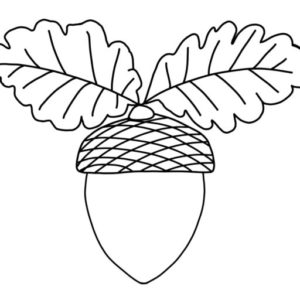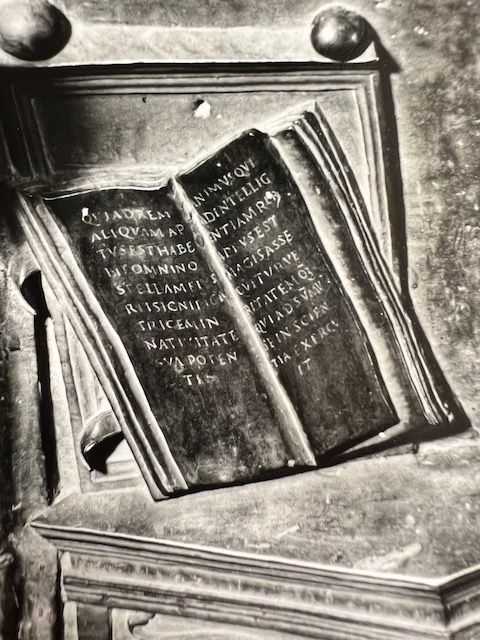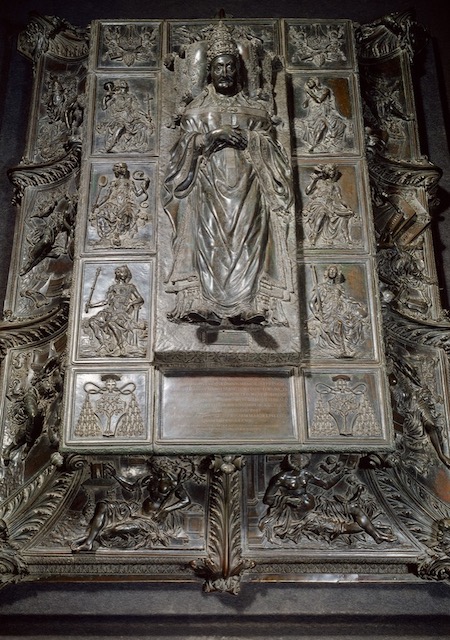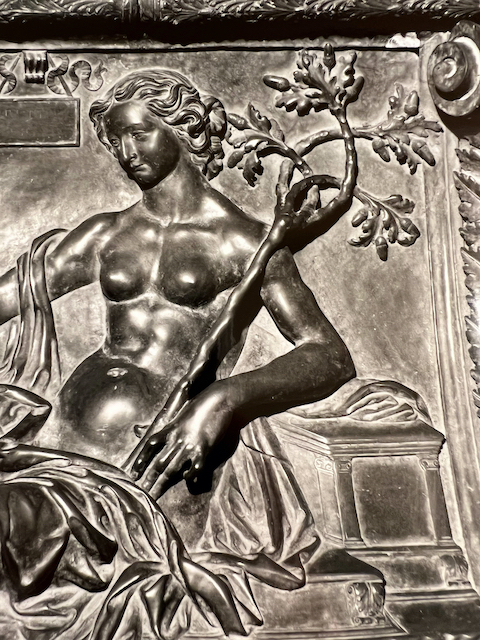Zola Hoehn
Antonio Pollaiuolo's Tomb of Sixtus IV:
Innovation and the Liberal Arts
Master’s Capstone Project submitted to the Faculty of the College of Arts and Sciences of American University in Partial Fulfillment of the Requirements for the Degree of Masters of Arts in Art History. 2022, American University, Washington DC.
Chair: Dr. Kim Butler Wingfield
Reader: Dr. Joanne Allen
This project came about after a year of research and an inital interest in how I could incorporate my past interests in the sciences into this project. I would like to thank my advisor, Dr. Kim Butler Wingfield, and Dr. Joanne Allen, my second reader, both of whom provided constant feedback and assistance on this journey. Thank you for providing your insight and expertise to my writing and ideas. Additionally, I’d like to thank my friends who endured my struggles about building a website, translating Latin, and my many midnight texts and snapchats with questions and breakthroughs. Although our first year of virtual classes was difficult, I could not be more thankful to have found such a wonderful group of people to be around and call my friends.
I could not have finished this project without the support of Chris. You provided much-needed stress relief, facetimes, love and support when I got into the many ruts of this project. Your distractions (while not always helpful) were very necessary and I couldn’t have done this whole adventure of these past two years of graduate school without you.
Finally, to my parents, thank you for supporting me in pursuing my interests in Art History, helping me explore new cities, and trying to keep up with me while I tried to explain my often non-coherent ideas. I love you both so much.
Zola Hoehn, “Pollaiuolo’s Tomb of Sixtus IV: Innovation and the Liberal Arts,” Master’s Capstone Project, American University, 2022.
This website, consisting of the capstone project by Zola Hoehn for her Master’s in Art History at American University, may contain copyrighted material, the use of which may not have been specifically authorized by the copyright owner. This material is available in an effort to illustrate the benefits of a virtual and educational tool for the study of Art History. Complete information on figures’ sources can be found under “List of Figures.” The material contained in this website is distributed without profit for research and educational purposes.
This should constitute a ‘fair use’ of any such copyrighted material (referenced and provided for in section 107 of the US Copyright Law).
If you wish to use any copyrighted material from this site for purposes of your own that go beyond ‘fair use,’ you must obtain expressed permission from the copyright owner.
FAIR USE
Copyright Disclaimer under section 107 of the Copyright Act of 1976, allowance is made for “fair use” for purposes such as criticism, comment, news reporting, teaching, scholarship, education, and research.
Fair use is a use permitted by copyright statute that might otherwise be infringing.
FAIR USE DEFINITION
Fair use is a doctrine in United States copyright law that allows limited use of copyrighted material without requiring permission from the rights holders, such as commentary, criticism, news reporting, research, teaching, or scholarship. It provides for the legal, non-licensed citation or incorporation of copyrighted material in another author’s work under a four-factor balancing test.





